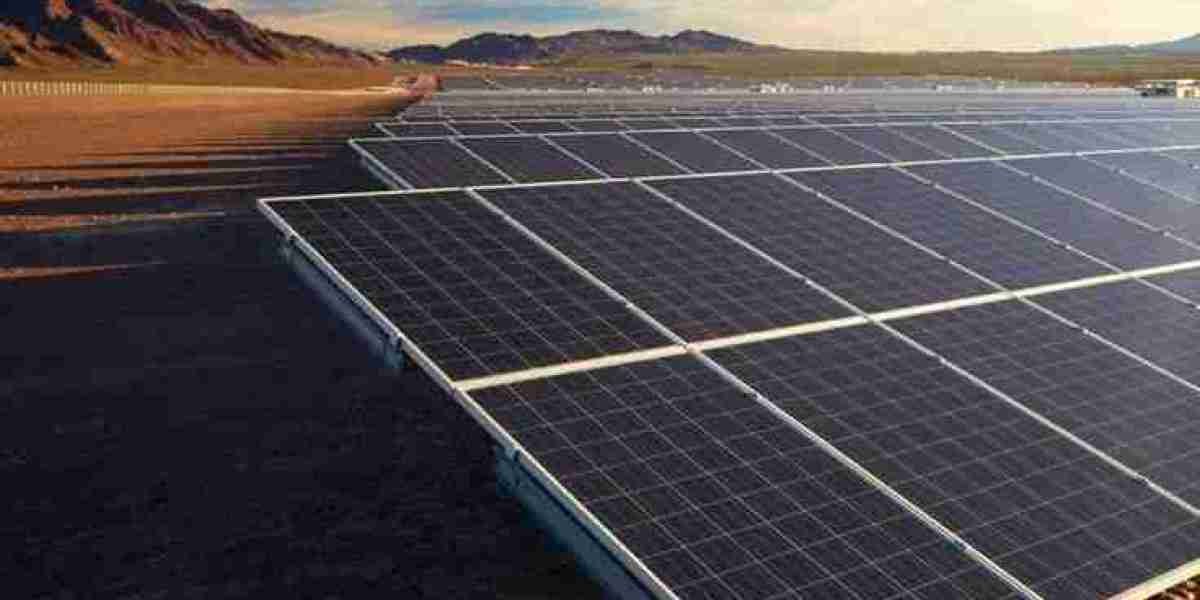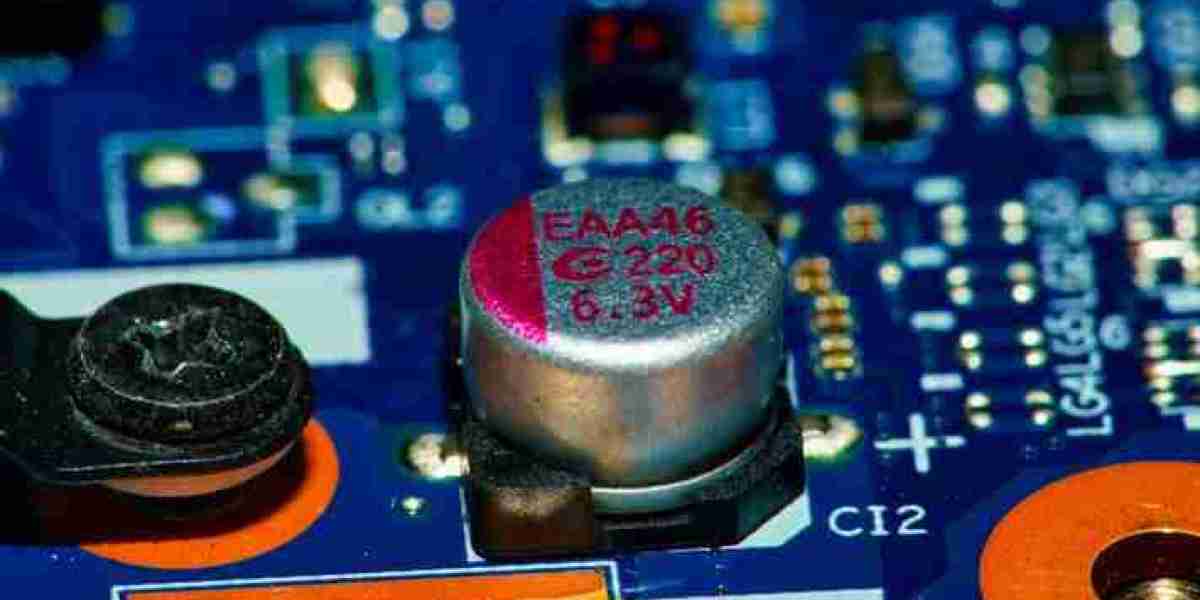The photovoltaic (PV) solar panel market has seen remarkable growth over the past decade, driven by declining costs, technological innovations, and a global push toward sustainable energy solutions. However, the next decade is expected to bring even more significant disruptions and developments that will redefine the industry. This article explores the key trends and innovations expected to shape the PV solar panel market over the next ten years, including advancements in technology, energy storage solutions, policy shifts, and the expansion of global markets.
1. Advances in Solar Panel Efficiency
One of the most anticipated developments in the PV solar panel market is continued improvements in efficiency. Over the next decade, solar panel manufacturers will push the boundaries of solar technology, developing more efficient panels that convert more sunlight into electricity. The ongoing evolution of solar cell technologies, such as bifacial and tandem cells, will increase energy output and overall panel efficiency.
Bifacial solar panels, which capture sunlight on both the front and rear sides, are already showing significant promise. Tandem solar cells, which stack multiple layers of photovoltaic materials with different band gaps, could also play a pivotal role in improving energy conversion efficiency beyond current single-junction silicon-based panels.
The development of perovskite solar cells, an emerging technology, is another key trend. Perovskite cells promise higher efficiency and lower manufacturing costs compared to traditional silicon-based cells. As research advances, perovskite solar panels may become commercially viable within the next decade, possibly revolutionizing the industry.
2. Breakthroughs in Energy Storage Solutions
A critical challenge for the solar energy market is the intermittent nature of solar power. To address this, energy storage solutions are evolving rapidly. Lithium-ion batteries, which have already seen widespread use in solar installations, will continue to improve in terms of cost, energy density, and longevity. However, as demand for solar power increases, alternative energy storage solutions will also gain traction.
Solid-state batteries, for example, are expected to offer superior performance over conventional lithium-ion batteries by providing higher energy densities and better safety profiles. Additionally, advancements in flow batteries, which store energy in liquid form, may offer cost-effective solutions for large-scale storage.
The development of hydrogen storage is another innovation on the horizon. Hydrogen produced via electrolysis using solar energy can be stored and used as a fuel source, allowing for long-term storage and transportation of energy. Over the next decade, advancements in both storage technologies and their integration with PV systems will help solve the intermittency issue, enabling solar power to be used around the clock.
3. Smart Solar Systems and Grid Integration
As the world moves toward smarter, more interconnected energy systems, the integration of solar power with smart grids and AI-powered energy management systems will be a significant trend in the next decade. Smart solar solutions will enable real-time monitoring, predictive analytics, and automated optimization of energy usage.
Solar panels integrated with AI-driven smart grids can optimize the flow of energy between solar systems, storage devices, and the grid, reducing waste and increasing efficiency. This integration will also facilitate demand-side management, where energy usage is adjusted based on real-time conditions, balancing supply and demand in ways that make energy consumption more efficient and cost-effective.
In addition, Vehicle-to-Grid (V2G) technologies, where electric vehicles act as mobile energy storage units, could become more common. This integration will allow electric vehicles to store solar power and return it to the grid when needed, providing an additional source of energy during peak demand periods.
4. Decreasing Costs and Increasing Affordability
As solar technology continues to advance, the cost of solar panels will continue to decline. The price of photovoltaic modules has already dropped by more than 80% in the last decade, and experts predict that this trend will continue. Mass production, better manufacturing processes, and the integration of advanced materials will all contribute to further cost reductions, making solar panels more affordable for residential, commercial, and industrial users.
The reduction in costs will also improve the affordability of energy storage systems and balance-of-system (BOS) components, such as inverters and mounting systems, which account for a significant portion of the overall installation cost. This reduction in costs, combined with ongoing innovations in manufacturing, will make solar energy increasingly accessible, especially in emerging markets where energy poverty remains a significant challenge.
5. Growth in Emerging Markets and Off-Grid Solutions
The next decade will see significant growth in solar adoption in emerging markets, where access to reliable electricity is still limited. Many countries in Africa, Asia, and Latin America have abundant solar resources, but lack the infrastructure for centralized electricity generation and distribution. In these regions, solar energy, particularly off-grid solutions, is becoming an attractive option.
Solar mini-grids, small-scale off-grid systems, and solar home systems will be increasingly deployed in rural and underserved areas. These solutions not only provide reliable electricity to communities without access to the grid, but also reduce reliance on fossil fuels, thus contributing to global climate goals. Governments and international organizations are expected to continue supporting solar initiatives in these regions through financing mechanisms, grants, and partnerships with solar providers.
In addition, the affordability of solar panels, combined with improvements in financing models such as pay-as-you-go systems, will make solar energy accessible to a wider demographic, further driving adoption in developing nations.
6. Sustainability and Recycling Innovations
As the solar industry grows, sustainability will remain a critical focus. While solar panels have a long lifespan, concerns about end-of-life disposal and recycling are becoming more prominent. Innovations in solar panel recycling technologies will be crucial in ensuring that the growing number of panels installed worldwide do not create significant waste.
Recycling technologies that recover valuable materials such as silicon, silver, and aluminum from old panels are already being developed. Over the next decade, these technologies will become more efficient and widespread, helping to create a circular economy within the solar industry. Additionally, manufacturers are expected to adopt more sustainable production practices, reducing the environmental impact of solar panel production.
Conclusion
The next decade promises to be an exciting period of disruption and innovation in the PV solar panel market. As advancements in solar efficiency, energy storage, smart grid integration, and cost reductions continue, solar energy will become even more competitive and accessible. Emerging markets, off-grid solutions, and sustainable practices will further shape the landscape of the solar industry, driving adoption and accelerating the global transition to renewable energy. The combination of technological advancements and policy support will position solar power as a dominant force in the global energy mix, meeting the world’s growing energy demands while addressing climate change challenges.



